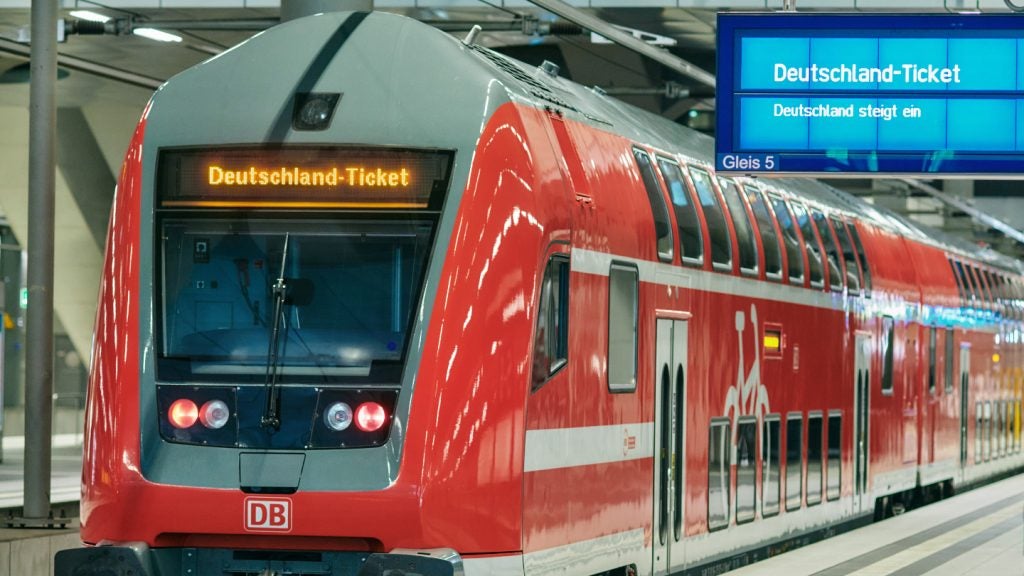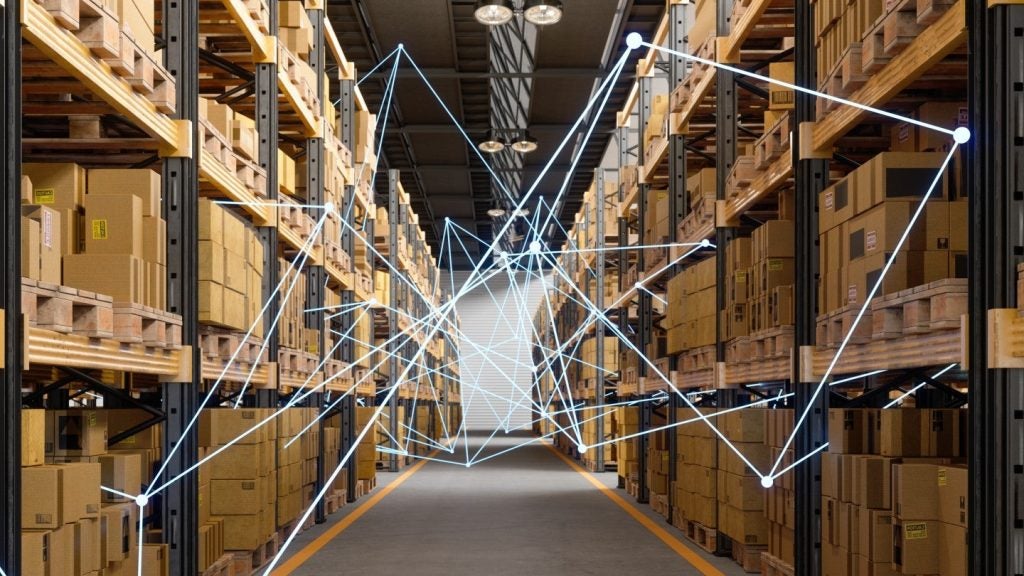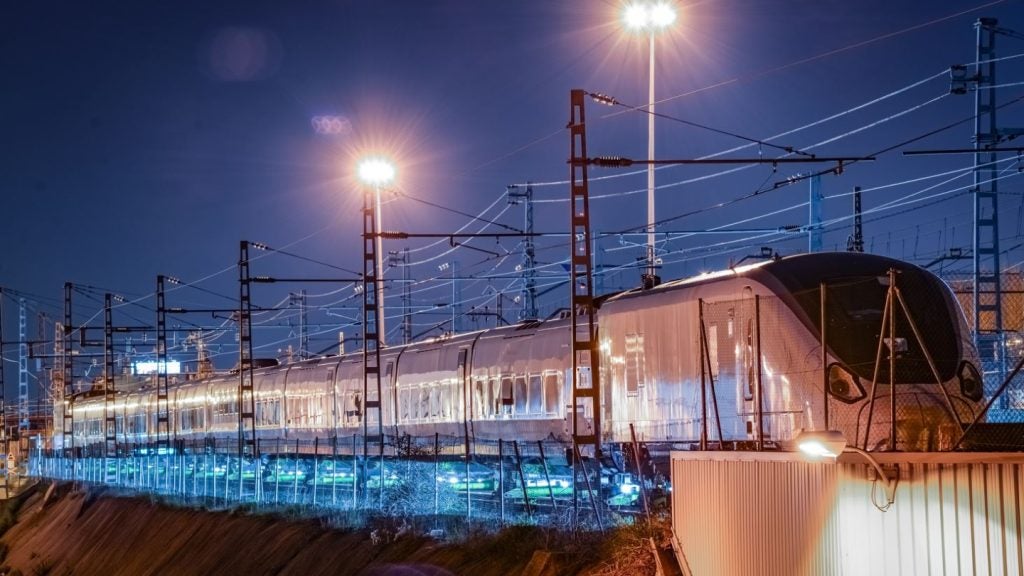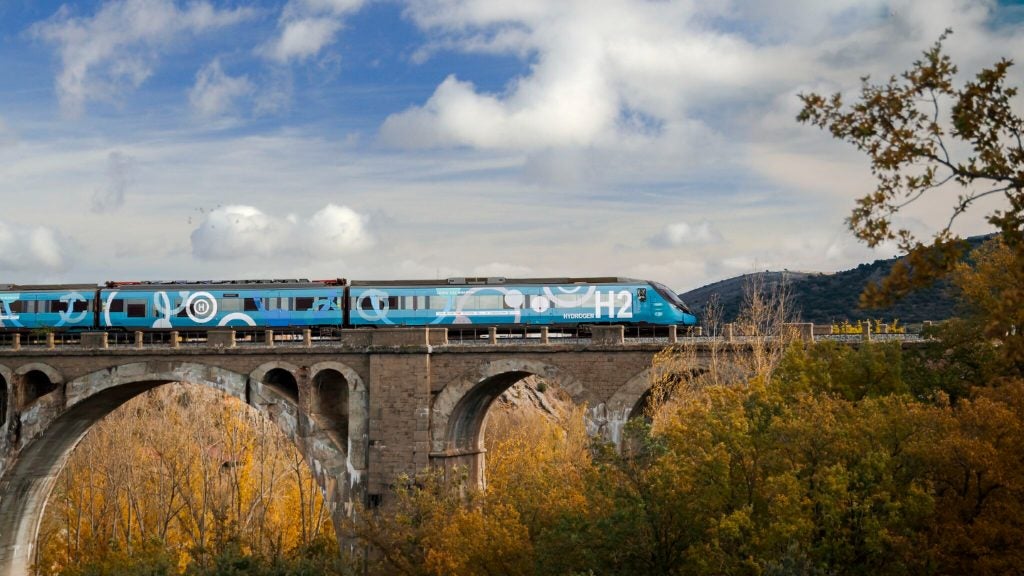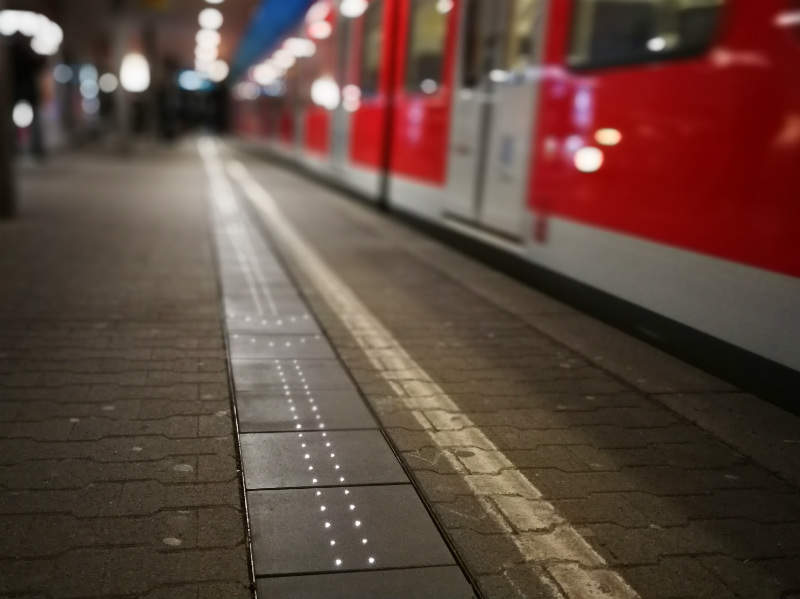
Where will the doors stop? Rail commuters strive to answer this question every day, engaging in an unspoken competition with strangers before their train arrives. But what if data combined with a smart lighting solution could eliminate this passive-aggressive pastime?
Last week, rail operator Deutsche Bahn (DB) unveiled its new ‘luminous’ platform at the Bad-Cannstatt station in Stuttgart, Germany. A total of 670 concrete slabs fitted with more than 2,000 LEDs have been installed along the 210m platform, which serves three of the city’s S-Bahn lines.
Two minutes before the next train arrives, sections of LEDs will light up, forming a combination of symbols that indicate where train doors will be accessible along the platform.
DB enlisted two start-ups to help develop the system, the first of its kind in Germany. Berlin-based SIUT provided the light fibre-concrete solution housing the LEDs, while UK tech company OpenCapacity developed a solution to measure the occupancy of individual train carriages.
During a six-month pilot project, DB says three test trains will be equipped with the load measurement systems. They send data to the luminous platform, which flash different coloured lights to show where passengers should stand for the best chance of getting a seat.
“By measuring the utilisation in trains using WLAN signal, cameras and axle load, the tiles are able to display the capacity of each train part before its actual arrival,” says SIUT co-founder Jörn Reinhold. “This information is shown by letting the platform tiles flash up in different colours. Thus, effective guidance of passengers and traffic flows at train stations can be shown directly on the floor.”
How well do you really know your competitors?
Access the most comprehensive Company Profiles on the market, powered by GlobalData. Save hours of research. Gain competitive edge.

Thank you!
Your download email will arrive shortly
Not ready to buy yet? Download a free sample
We are confident about the unique quality of our Company Profiles. However, we want you to make the most beneficial decision for your business, so we offer a free sample that you can download by submitting the below form
By GlobalDataControlling passenger flow

In Germany, public transport companies pay enormous fines for delays in railway schedules. DB has observed that the time taken for passengers to board can keep trains dawdling at the platform.
“Passengers tend to group close to platform entrances,” says a DB spokesperson. “This can mean that it takes longer for all passengers to enter the train at train doors, which are particularly crowded and can lead to some cars being fuller than others.”
“Speeding up this process has a positive impact on the punctuality of S-Bahn rapid transit trains.”
With a football stadium, fairground and the Stuttgart Zoo situated nearby, Bad Cannstatt station is often congested, making it an ideal place to trial the system. Nevertheless, DB says it plans to outfit additional platforms in Germany with the technology in the future, should it prove popular with customers.
In the meantime, Reinhold says the system is still a prototype and needs to be improved to meet rail demands. Passengers already believe the system is a benefit, he claims, but further factors need to be considered, such as how people tend to spread across platforms and whether this affects the length of time doors remain open.
“At the moment, the system is as accurate as the train drivers,” he says. “As we all know it is possible to stop at the right position, but maybe this limits the train driver’s freedom. So we must go into intensive discussions to realize this innovative journey together.
“Right now, we do know that we need to improve the installation and get more dynamic. Our aim is to develop a display allowing us to write everything we want on the floor in different colours.”
The DB spokesperson says S-Bahn rapid transit assistants have provided support during rush hour to ensure that scheduled hold times are exceeded as infrequently as possible, even though passenger numbers have grown. However, the move to more digital means of reducing delays could provide further economic benefits.
“Transportation companies are able to reduce the cycles of train arrivals and thus economise their railway schedule,” says Reinhold. “Also the transmission of big data helps to optimize [operations].”



